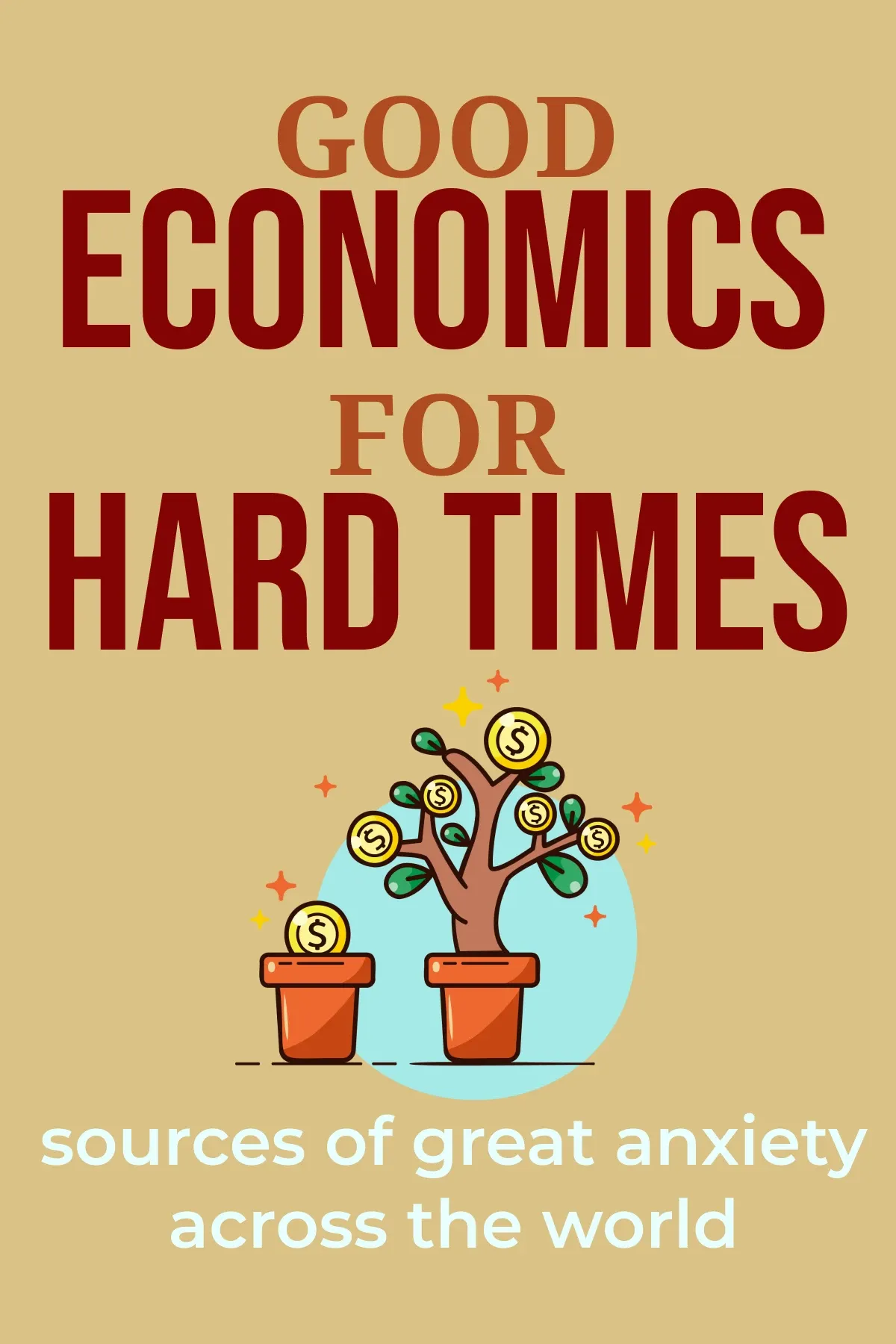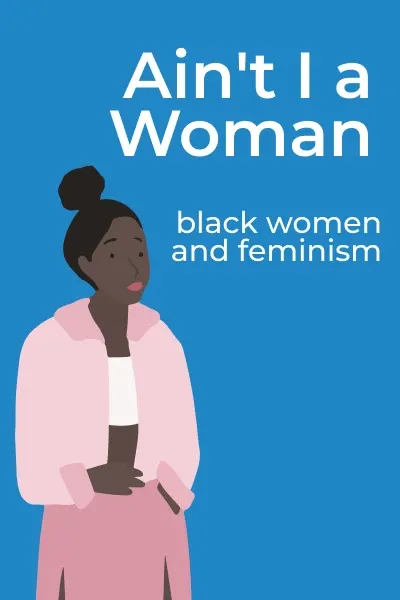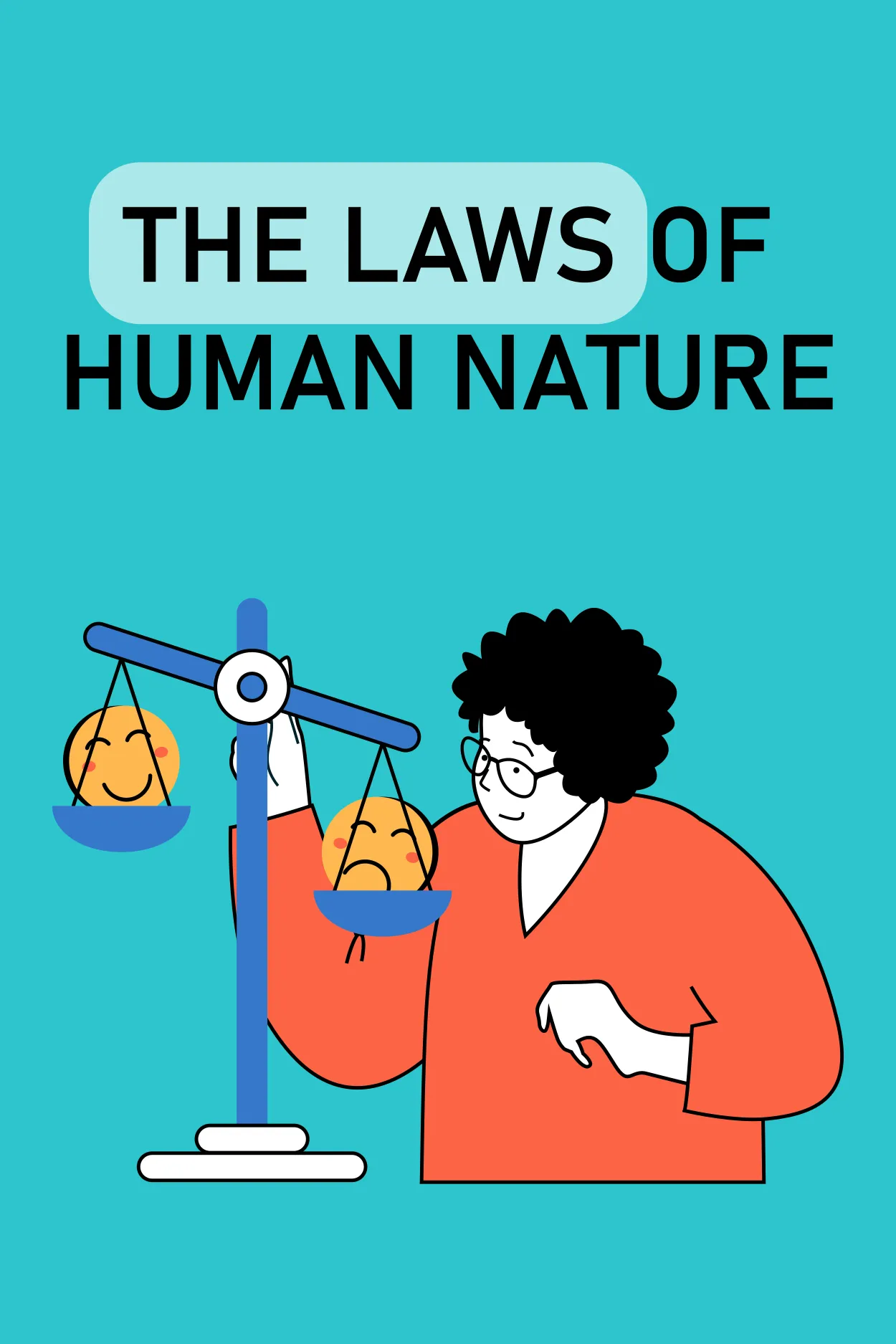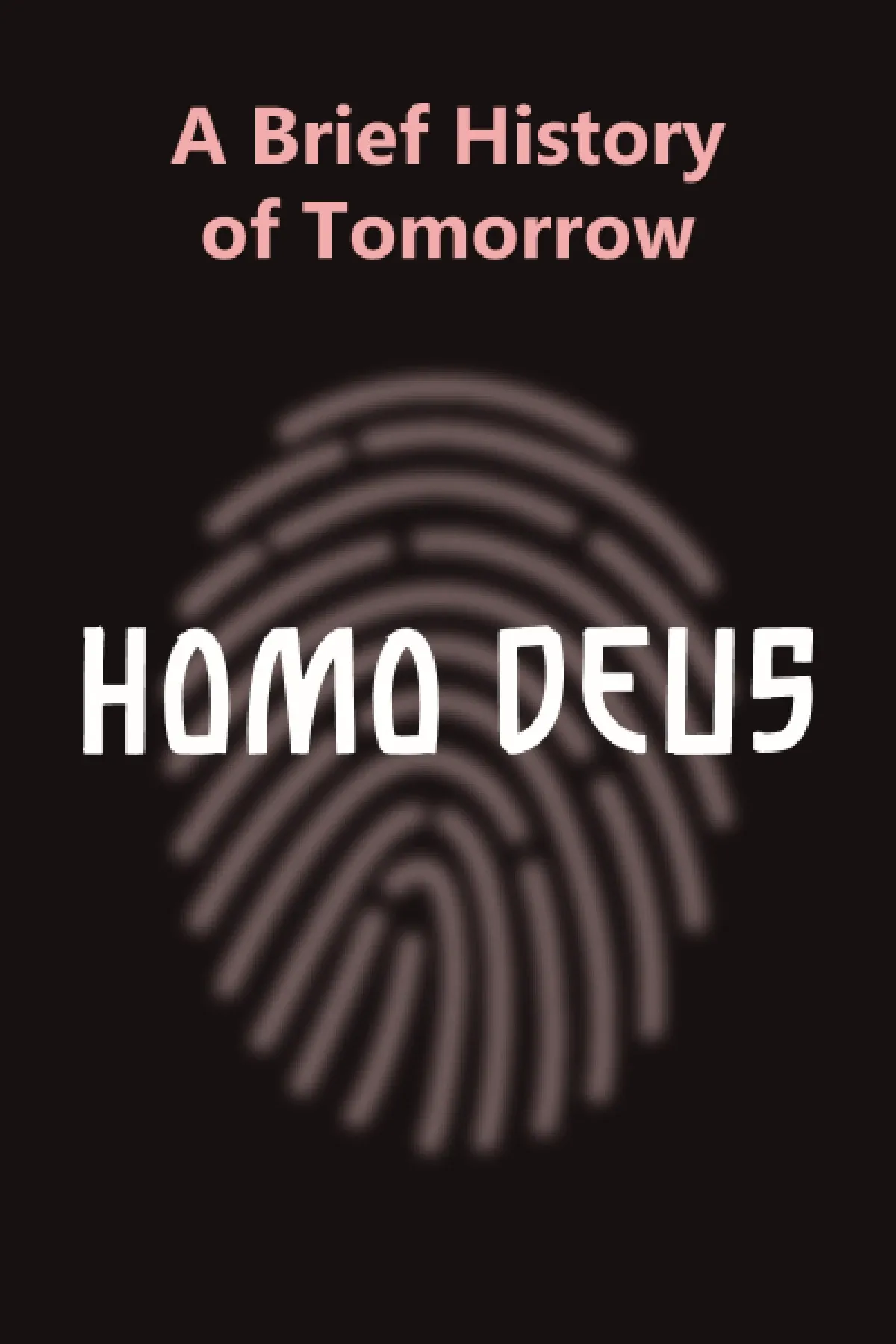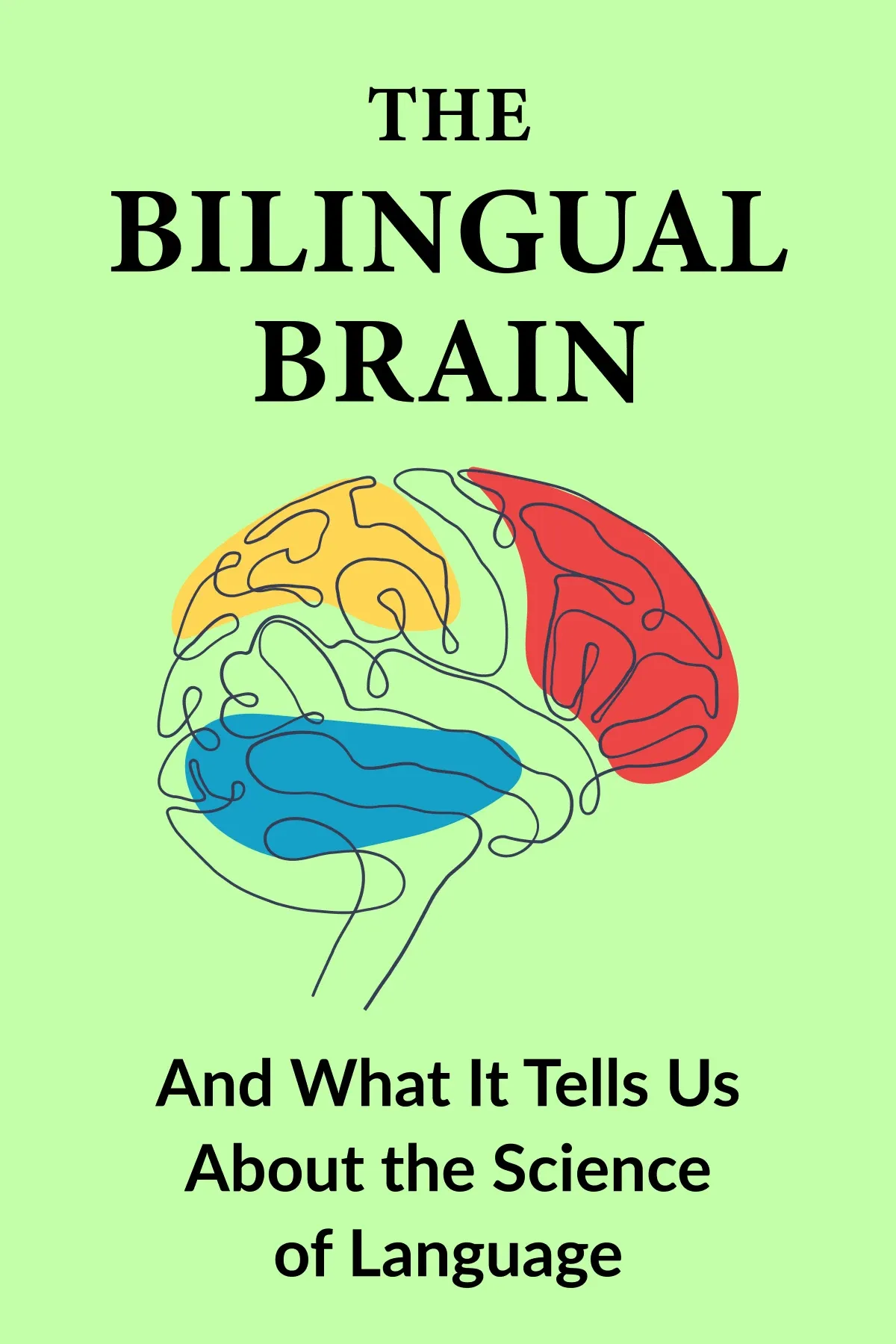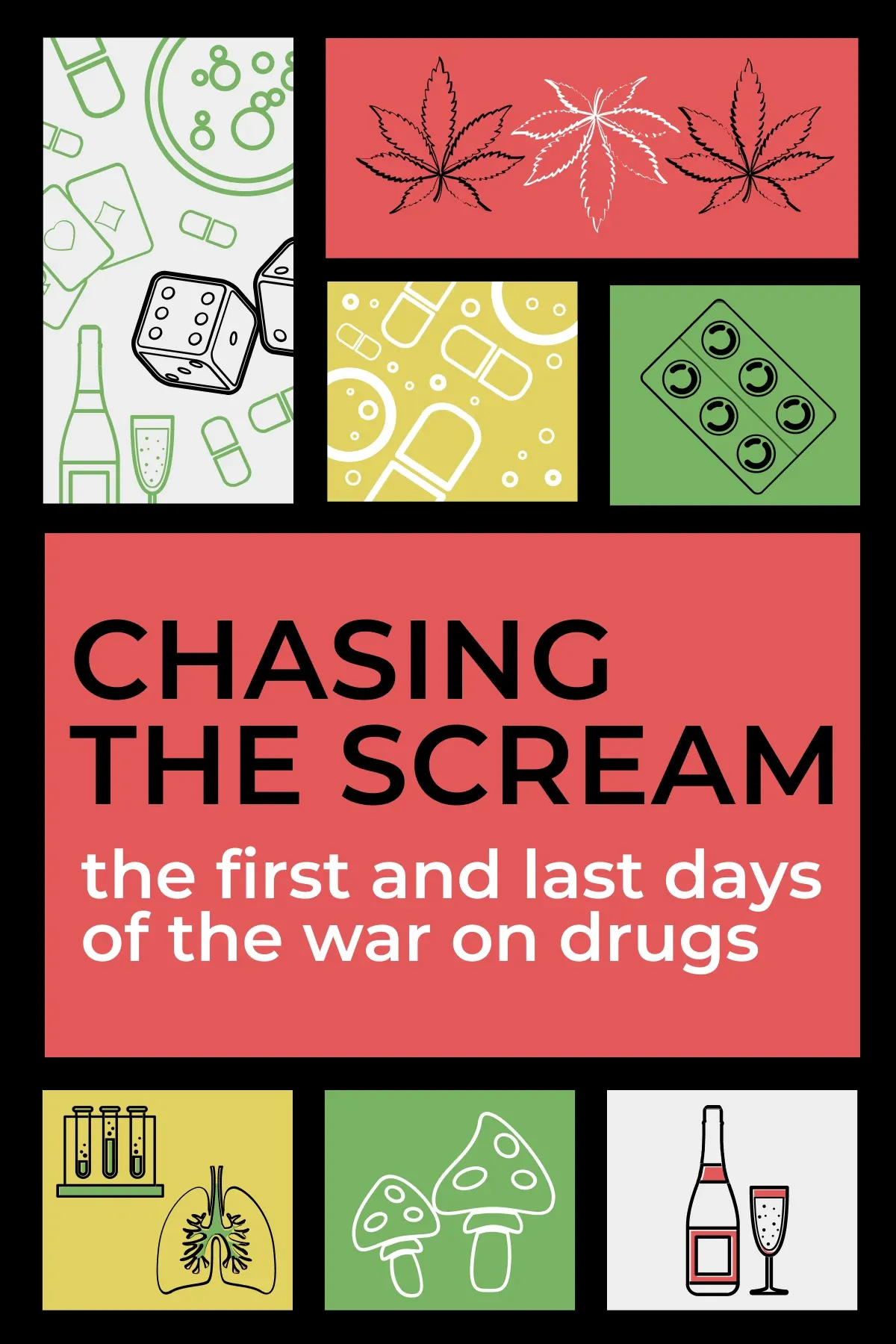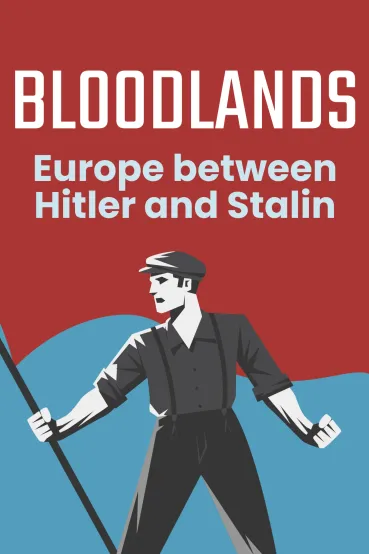
Bloodlands
Brief Summary
“Bloodlands: Europe between Hitler and Stalin” (2011) by Timothy Snyder unfolds the tragic history of Europe due to Nazi and Soviet policies in the 20th century. The actions of the USSR and Germany led to millions of murders, deportations, and instances of torture. For a deeper understanding of the major events before and during World War II, continue reading.
Key points
Key idea 1 of 9
The twentieth century was marred by horrifying events that led to an unimaginable loss of life. The reigns of the Nazi and Soviet regimes resulted in the systematic oppression and destruction of millions of innocent lives, primarily in the heart of Europe. These “bloodlands” extended from central Poland to western Russia, through Ukraine, Belarus, and the Baltic States.
These mass crimes against humanity were the result of various factors. The first reason was the unification and strengthening of Stalinism and National Socialism. These ideologies led to the occupation of Polish territories and the onset of the German-Soviet war, widely regarded as one of history’s bloodiest conflicts.
The reigns of Hitler and Stalin were particularly deadly, leading to the murder of countless Jews and residents of the states mentioned above. The statistics of that time show about fourteen million non-combatants murdered in “bloodlands.” These victims were often defenseless women and children, brutally assaulted and robbed of their possessions.
In many instances, these atrocities were politically motivated rather than being a direct result of military actions. History shows that many victims died even before the war began. The Soviet and Nazi regimes resulted in the loss of 14 million innocent lives. The Holodomor in Ukraine in 1933, the starvation of prisoners, and the mass extermination of Jews are chilling examples of the ruthless actions taken by these leaders.
You may also like these summaries


